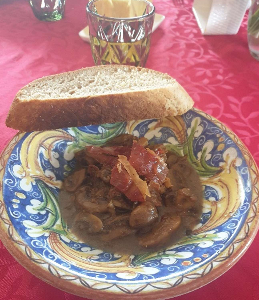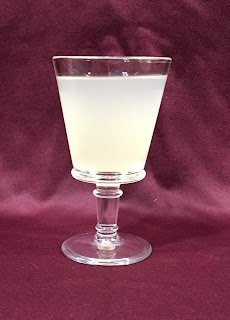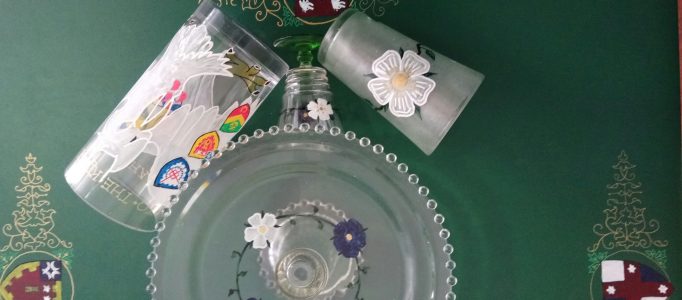Joana de Bairros enters a delicious chicken dish in the category Do you think because you are virtuous, that there shall be no more cakes and ale?

“There is one Portuguese cookbook from period called Um tratado da cozinha portuguesa do século XV or Livro de cozinha da Infanta D. Maria de Portugal which can be found, with an English translation at http://www.medievalcookery.com/notes/tratado.html. This collection of recipes was written in the late 15th century and then taken to Italy with Maria, the grand daughter of Manuel I of Portugal, when she married Alessandro Farnese. It ended up in Naples. (See reference to this in At the First Table:Food and Social Identity in Early Modern Spain by Jodi Campbell).
I was having a friend of over for dinner so decided to cook the Moorish Chicken recipe from this book as I have tried it before and it is delicious.
Outra receita de galinha mourisca
Façam em pedaçosuma galinha bem gorda, e levem-na ao fogo brando, com duas colheres de sopa degordura, algumas fatias de toucinho, bastante coentro, um punhadinho de salsa,umas folhinhas de hortelã, sal e uma cebola bem grande. Abafem-na e deixem-na dourar, mexendo-a devez em quando. Em seguida cubram essagalinha com água, e assim que levante fervura acabem de temperá-la com sal,vinagre, cravo-da-índia, açafrão, pimenta-do-reino e gengibre. Logo que agalinha esteja cozida, derramem dentro 4 gemas batidas. Tomem uma travessa funda, forrada com fatiasde pão e derramem por cima a galinha.
Another recipe for moorish chicken – literal translation
Cut a very fat chicken into pieces, and cook it over low heat, with two soup spoons of fat, a few slices of bacon, lots of cilantro, a bit of parsley, a few mint leaves, salt and a very large onion. Cover it (abafar means smother) and let it brown, stirring once in a while. Next cover that chicken in water, and as soon as it reaches a boil finish seasoning it with salt, vinegar, cloves, saffron, black pepper and ginger. When the chicken is cooked, add 4 beaten egg yolks. Take a deep serving tray, lined with bread slices and put the chicken over top.
My redaction to feed 4

500gm chicken breast
1T olive oil
100gm bacon
¼ cup of coriander
2T parsley
1T mint
Pinch of salt
2 cups of chicken stock
1T white wine vinegar
1 t salt
1t each of cloves, pepper and ginger
A pinch of saffron
4 egg yolks
1 loaf of bread.
- Cut chicken and bacon in to chunks (I used chicken breasts as I wanted it to cook quickly) ‘
- Roughly cut the herbs and dice the onion. (I didn’t add coriander the first time as my guest did not like it so included more parsley. I did up it in in a later attempt at this recipe and it added a nice flavor)
- Heat up the oil in a thick based casserole dish on the stove top
- Brown chicken and bacon
- Add in herbs, salt and onion
- Put the lid on the casserole dish and cook at medium heat for about 10 minutes. Stir occasionally to stop the chicken from sticking.
- Add in the stock (I used stock rather than just water as I was using breast meat which doesn’t have the flavor of chicken drums)
- When the stock boils add in the vinegar, salt and spices. Leave to cook for 5 minutes
- Separate the egg yolks and whisk together
- Pour the egg yolks into the casserole and mix up the sauce thoroughly. If you do not the egg will cook in lumps rather than being spread through sauce.
- Slice a loaf of good bread up. Either serve the chicken in a deep dish with bread underneath or serve the chicken to the table in a pot with a loaf of bread so guests can assemble their own. The bread is very delicious when soaked in the sauce!”
















